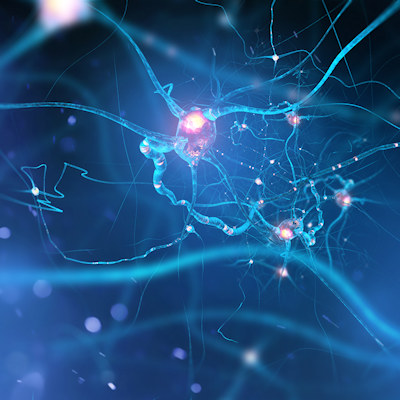April 5, 2023 -- Researchers have revealed how viral nucleic acids are packaged into particles in cells, generating insights that could improve the delivery of gene therapies and treatment of infectious diseases.
Upon entering a cell, viruses hijack the host's machinery to copy themselves. The offspring need a copy of the viral genome, so they themselves can replicate, and that genetic material must be packaged in a viral particle to facilitate its transfer between cells. However, researchers lacked a clear understanding of how the virus coordinated the packaging of its genome into the viral particle.
Lacking a clear picture of the process, many scientists assumed construction of the viral particle would be complete before packaging began, just as a bottle is fully formed before being filled with liquid. A study published in Nature has now generated evidence that the assumption is wrong and showed that the viral particle is formed around the genome.
The study by researchers at the Children's Hospital of Philadelphia (CHOP) built on emerging evidence that phase separation, the chemical segregation of two lipids, is involved in the process. Earlier work showed that phase separation creates compartments without membranes, called biomolecular condensates (BMCs), that are linked to several viral processes.
BMCs concentrate biomolecules in an enriched dense phase, while limiting their concentration in the light phase, and thereby regulate biological processes. The team at CHOP investigated whether BMCs are involved in the packaging of viral particles by studying adenovirus, a nuclear-replicating DNA virus.
Using techniques including homopropargylglycine labeling and fluorophore click chemistry, the team showed that a dedicated assembly/packaging protein makes BMCs and is critical to the coordinated assembly of infectious particles. The protein organizes viral capsid proteins into nuclear BMCs and, in its absence, the virus forms incomplete capsids.
The scientists selected adenovirus because it has distinct proteins for genome replication and packaging, characteristics that they theorized may make it easier to determine the role of phase separation. The choice also supports the application of the insights to gene therapies, the delivery of which is typically facilitated by adenovirus vectors.
CHOP, a leading force in cell and gene therapy research, is already considering the implications of the findings for the delivery of genetic material, as Matthew Charman, PhD, a research associate in the Weitzman Lab at the hospital, explained in a statement.
"Now knowing these steps, the question becomes: could we reengineer viruses based on this biological process to, for example, become better delivery vehicles for innovations like gene therapy?" Charman asked. "Understanding how viruses are made opens up a world where we could not only potentially target those viruses more effectively in the future but also create gene therapy tools that lack the limitations of current delivery approaches."
Copyright © 2023 scienceboard.net











